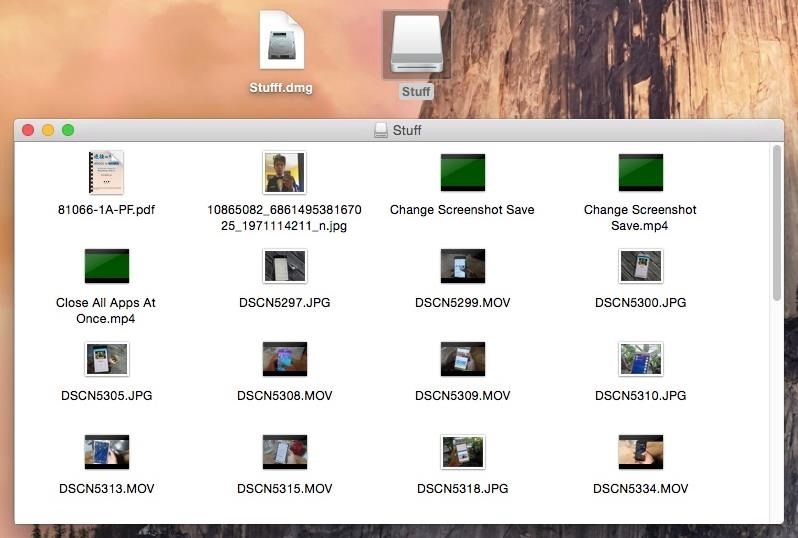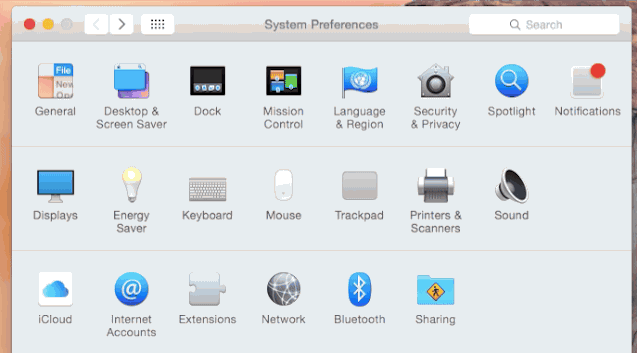- Mac Os Yosemite Manual Pdf File
- Mac Os El Capitan
- Mac Os X Yosemite Manual Pdf
- Mac Os Yosemite Manual Pdf File
Apple’s latest OS X version, Yosemite, is ready for download, but simply installing the system is only the first step in a very interesting journey. Apple has made significant changes across OS X, improving the Safari browser, Notifications Center, Spotlight searching, and even how the desktop finds synergy with iOS devices.
It’s a potentially daunting collection of tweaks and additions, but we’re here to make your Yosemite education as painless as possible. Please join the Macworld staff as we walk you through our Yosemite primers—and if you don’t find the article you want, please make some suggestions in the comments below.

First, make sure your Mac plays nice with Yosemite
If you’re already happily running Mavericks (Mac OS X 10.9) on your machine, you’re good for a Yosemite upgrade. But if you want more information on which specific Macs are compatible, check out this guide. Hint: Apple confirmed that you’ll need at least 2GB of RAM and 8GB of free storage for the installation.
Ready? Here’s our essential install guide
Yes, even in this day and age, there are still best practices for installing a new Apple OS. Our “How to install Mac OS X Yosemite” primer will walk you through everything from simple nerd wisdom (like updating apps and cautionary back-ups) to different strategies for installation itself.
On Retina optimizations and other visual tweaks
Mac Os Yosemite Manual Pdf File
Load more results. Apple Footer Apple Support.
Yosemite has been built from the ground up to support Retina displays like the one deployed on the new iMac. As such, the new OS is chock-full of new visual optimizations, including a new font, translucency effects, and interface tweaks that advance the OS X design language. We explain everything in this brief of what you’ll encounter in the Yosemite design.

All about the Handoff between Yosemite and iOS
At its Thursday event, Apple touted new Continuity features that foster graceful synergy between our desktop and mobile experiences. Key to the scheme is Handoff, a feature that lets you launch an app on one device (say, your Mac), and then “hand off” that activity to another device (your iPhone or iPad). It’s enabled in Mail, Messages, Maps and a host of other apps, and you can read all about how it works here.
Get to know the new Safari
Mac Os El Capitan
More so than any other built-in app, the Safari browser has probably changed the most in the update from Mavericks to Yosemite. It’s a much cleaner (albeit sparser) experience, and you can read all about the changes in “Get to know the new, slimmed-down Safari.”
A vastly improved Notification Center
The new Notification Center is so dramatically different (and improved), we encouraged Apple to honor it with a new name. Notifications are now driven by individual interactive widgets, both from Apple itself and third-party developers. In our detailed walk-through of the new Notification Center, we also delve into the now-obsolete Dashboard interface.
Mac Os X Yosemite Manual Pdf
Spotlight searching expands its repertoire
Spotlight started as a relatively simple system search tool. Today, in Yosemite, it’s a full-fledged Internet crawler that can not only rifle through your OS, but also the web, Wikipedia, news headlines, maps, Bing, the App Store, iTunes, and even movie show times. We discuss all the new Spotlight features here.
Mail, Messages and Calendars
Mac Os Yosemite Manual Pdf File
OK, they don’t pack the same levels of glitz and glamour as the tweaks listed above, but changes to Mail, Messages, and Calendar will certainly influence your Yosemite experience. You can read about new features like Mail Drop, Markup, and Soundbites here.